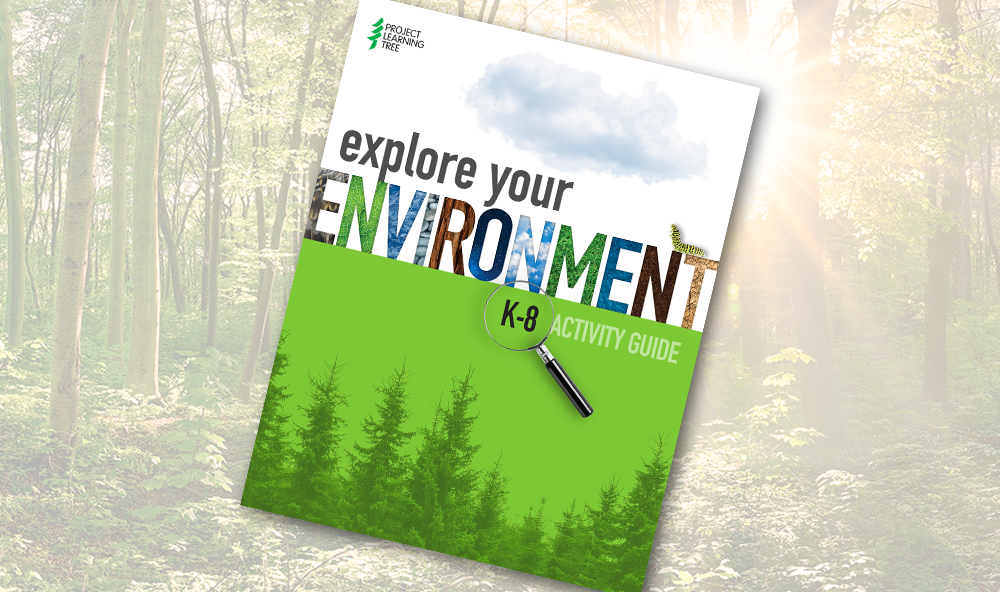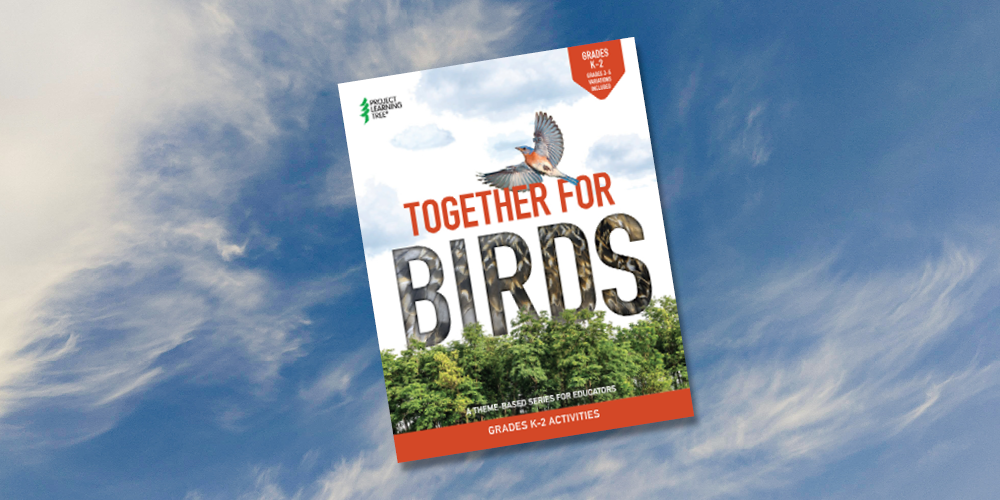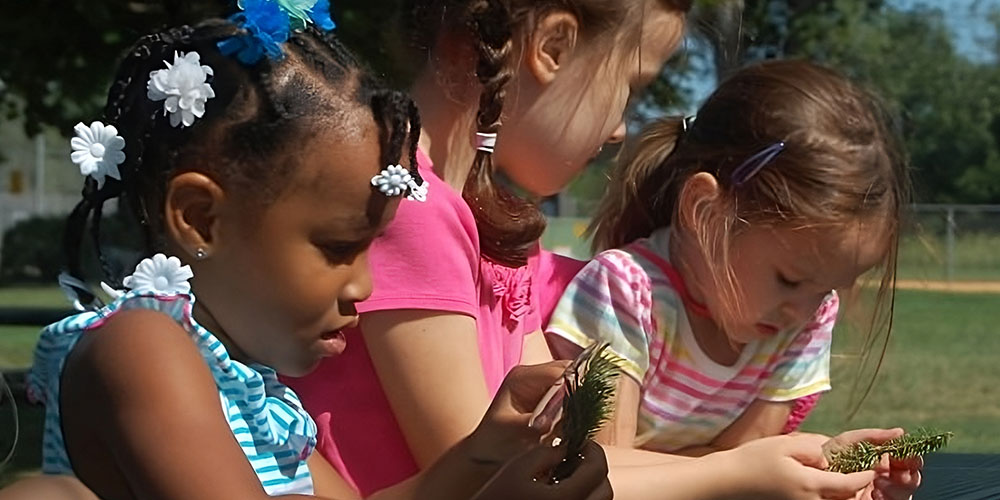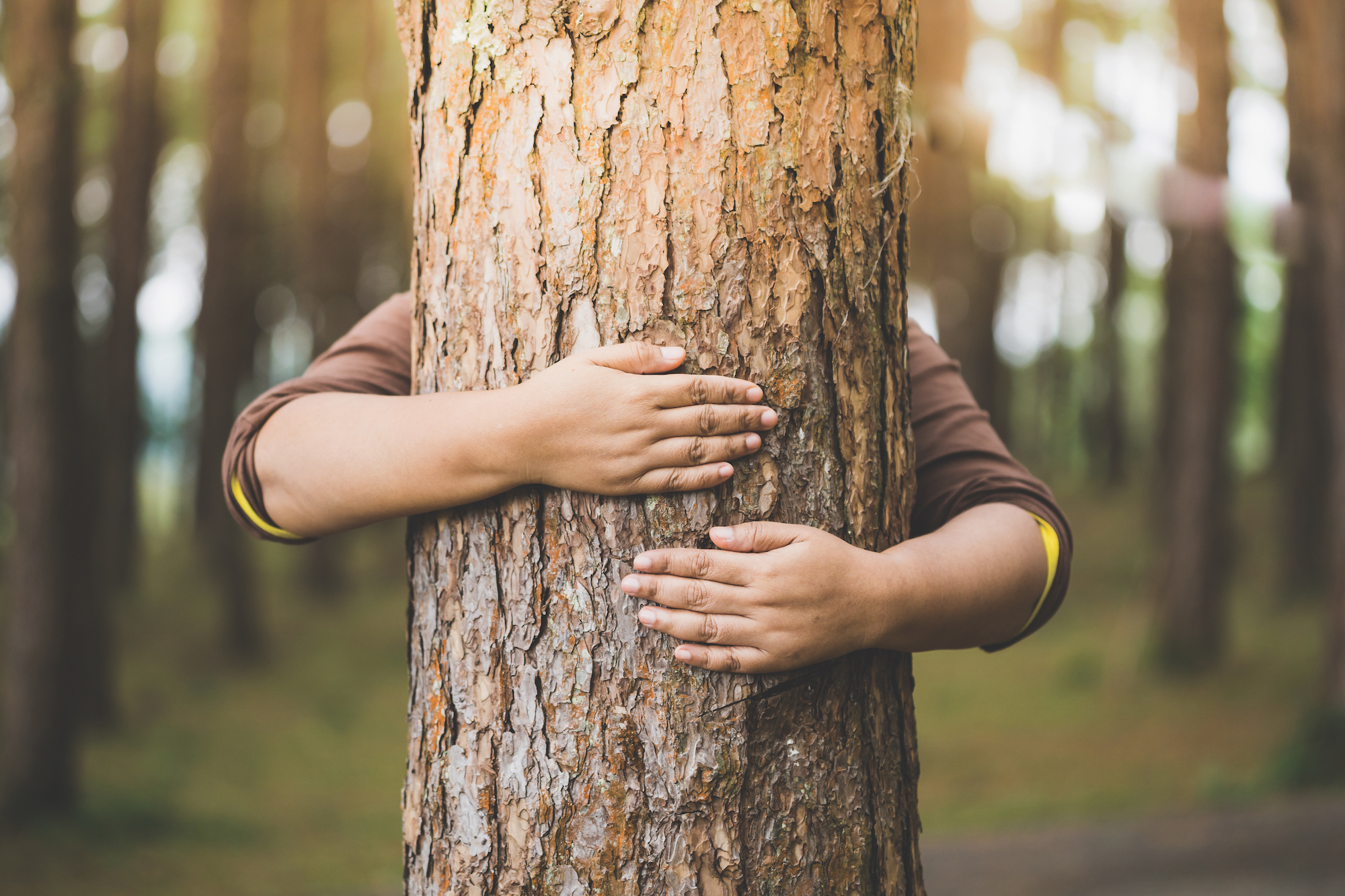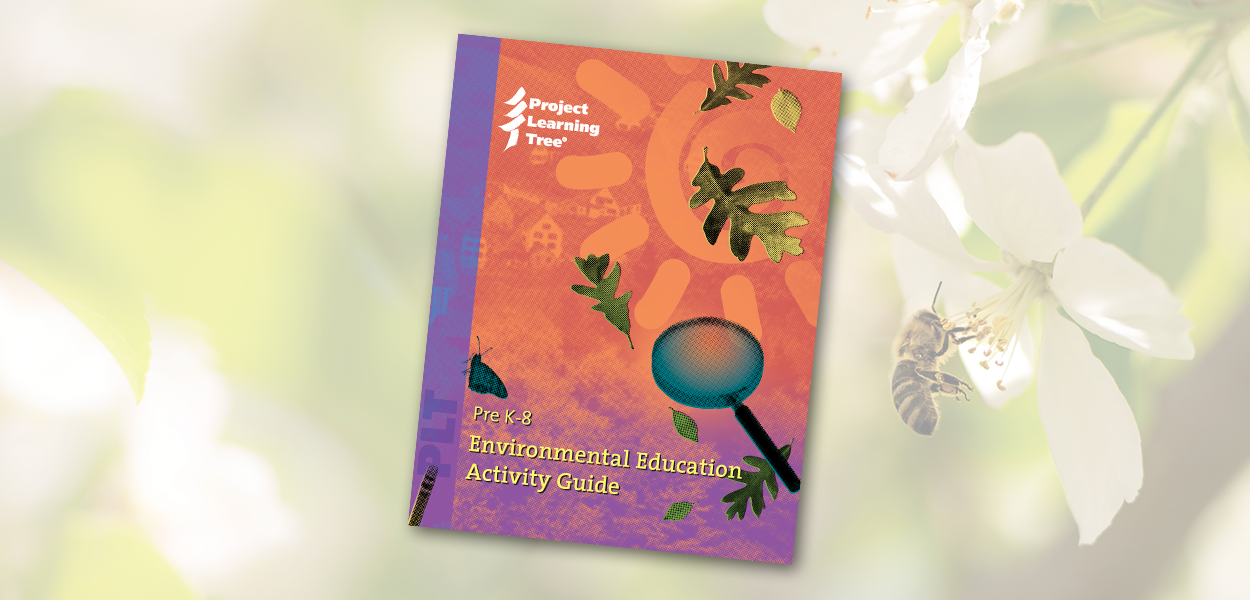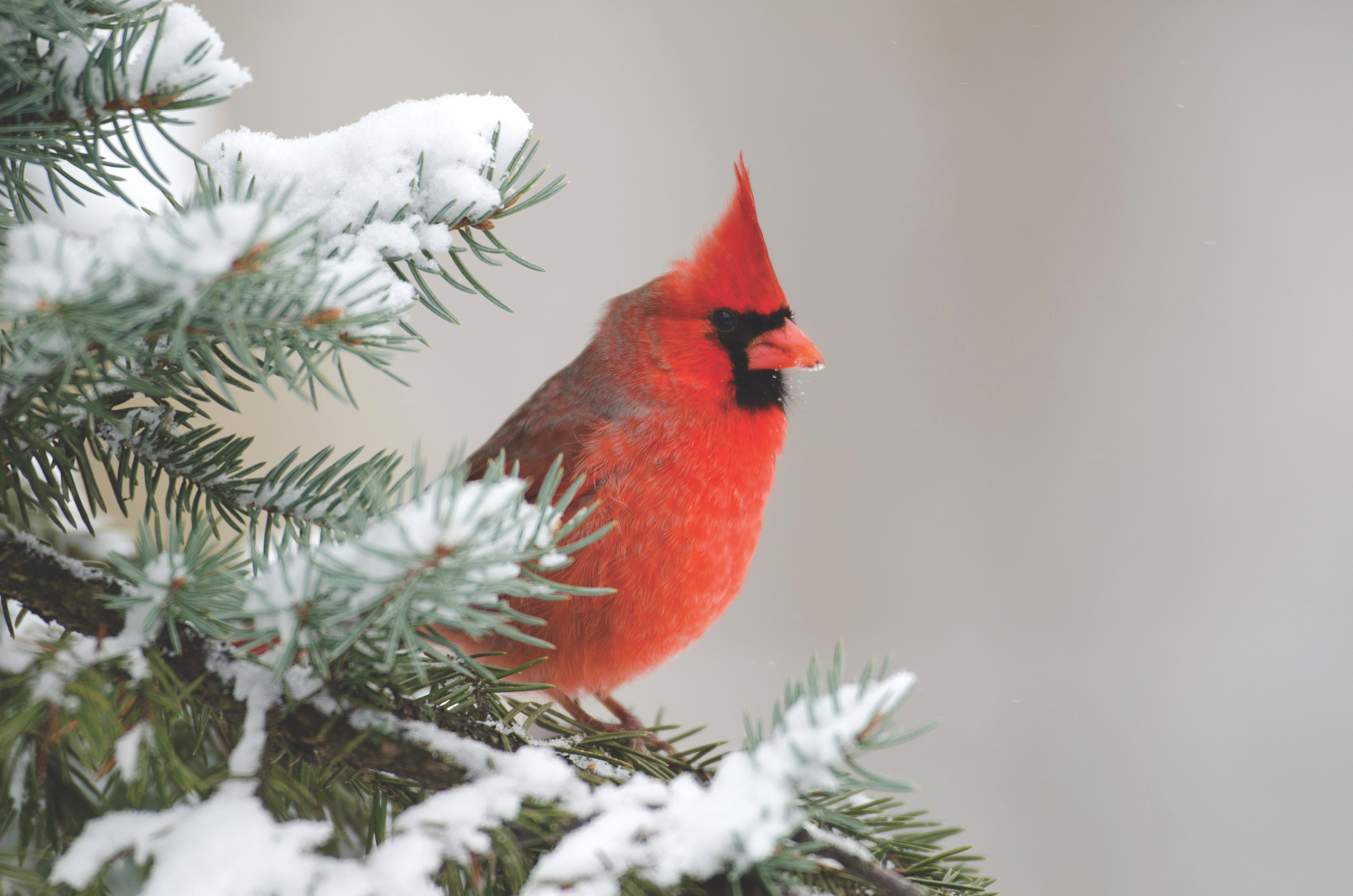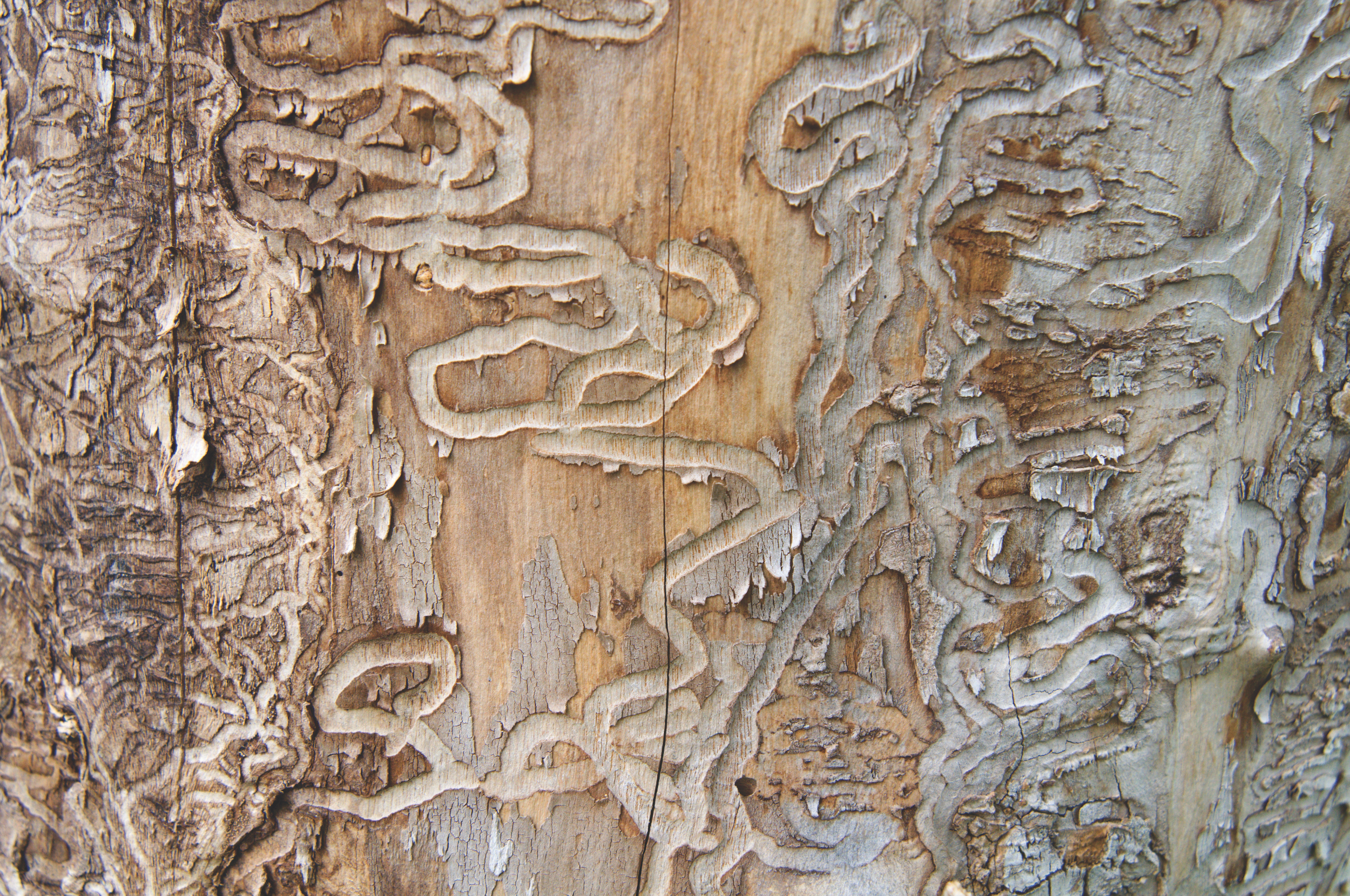July 10, 2023 | By Megan Annis
Together for Birds invites students to investigate ways that birds and other living things depend on their habitat to live. It is designed for educators of students in grades K-2, with variations for grades 3-5.
February 19, 2023 | By Deven Cao
Students graph changes in atmospheric levels of carbon dioxide (CO2 ) over the course of several decades and identify possible reasons for those changes. They also explore the relationship among CO2, the Earth’s climate, and wildland fires.
November 28, 2022 | By Rae
For grades K-2. In this E-Unit students explore and collect tree data to develop an understanding of how trees grow, the roles trees play in ecosystems, and the ways in which trees and humans interact.
November 28, 2022 | By Rae
Sensational Trees is a downloadable resource for educators of students in grades K-2 that uses sensory exploration to understand objects, spaces, people and interactions.
November 28, 2022 | By Rae
Charting Diversity. Birds and Worms. Pollution Search. These are some of the 96 hands-on interdisciplinary activities found in Project Learning Tree’s PreK-8 Environmental Education Activity Guide.
January 14, 2022 | By Project Learning Tree
In this activity, children explore evergreen trees—and the season of winter—using their senses.
December 28, 2020 | By Project Learning Tree
Succession is a natural pattern of change that takes place over time in a forest or other ecosystem. Students read a story about succession and investigate the connections among plants, animals, and successional stages in a local ecosystem.
December 28, 2020 | By Project Learning Tree
Students model processes that can lead to species becoming rare or endangered. Then, they become advocates for rare or at-risk species of plants or animals and create “public relations campaigns” on behalf of these species.
December 28, 2020 | By Project Learning Tree
Throughout history, people have intentionally and unintentionally moved plant and animal species to new environments. Some of these species have proved beneficial, but others invade natural habitats, causing environmental and sometimes economic harm.
